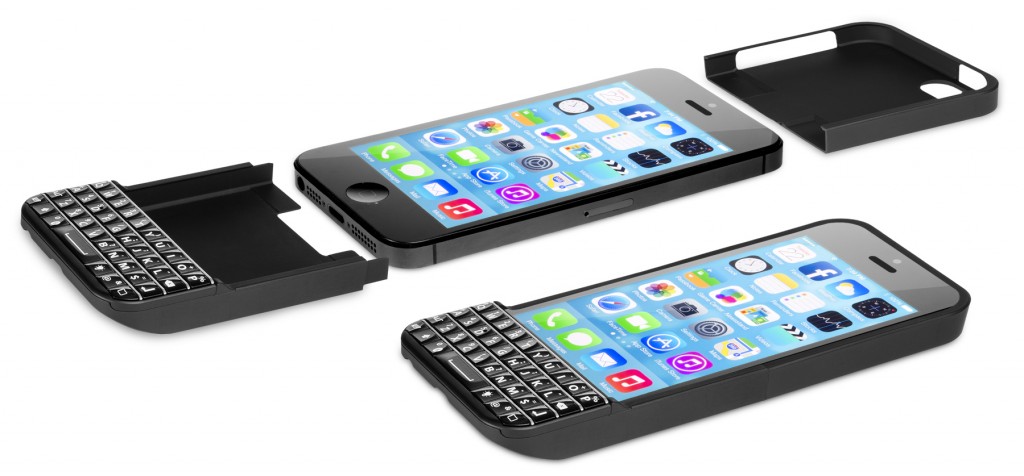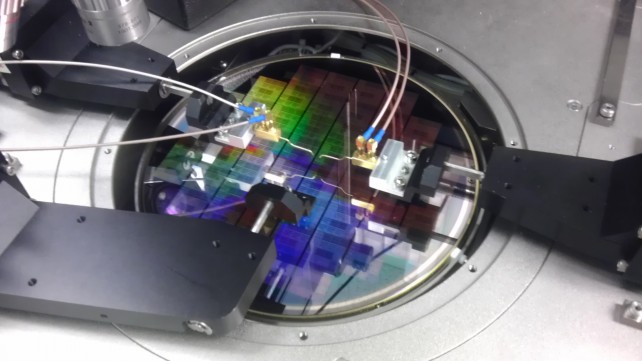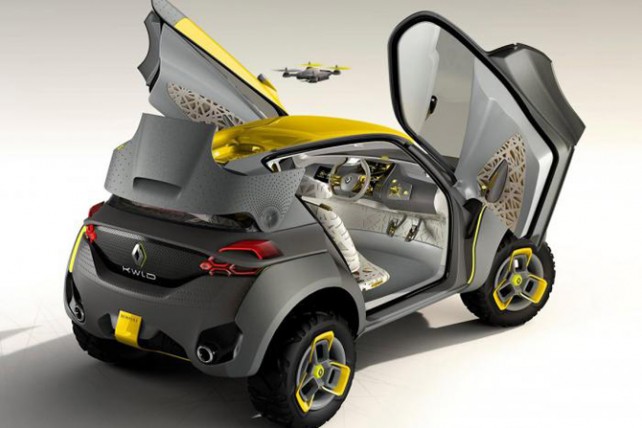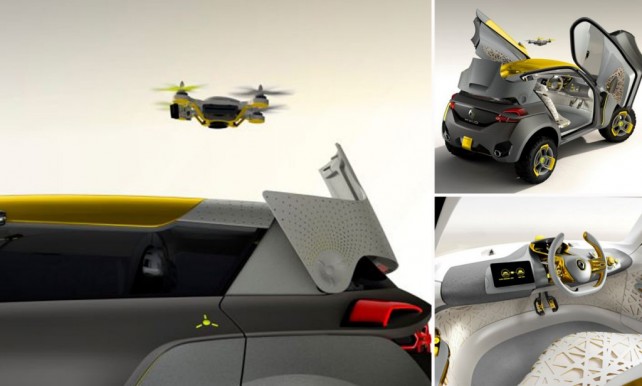The Typo keyboard is reported to allow users to type much faster with approximately 50% less errors, or typos. It features a fully lit keypad and gives you a 40% portion of your phone’s screen back. It also includes easy buttons for currency, etc. allowing you to not have to switch back and forth between multiple screens trying to find the right key. Sounds great, right? Well, not to Blackberry who has decided to sue Typo Products.

So, What’s Blackberry’s Problem With The Typo Keyboard?
Apparently, the folks at Blackberry think that the Typo Keyboard looks a little too familiar for their liking. Steve Zipperstein, their Chief Legal Officer had this to say regarding the product:
“This is a blatant infringement against BlackBerry’s iconic keyboard, and we will vigorously protect our intellectual property against any company that attempts to copy our unique design…We are flattered by the desire to graft our keyboard onto other smartphones, but we will not tolerate such activity without fair compensation for using our intellectual property and our technological innovations.”
The Typo keyboard was set to begin shipping in the next month, but those preorders may be on delay until everything gets settled in court.
What do you think? Can you see any resemblance between the Typo keyboard and Blackberry’s keyboard design? Should it even matter? After all – as a wise man once said, “There’s nothing new under the sun.” Is Blackberry just doing this because they need the money and publicity, or are they just fighting for what’s rightfully theirs?
[Image via allthingsd]
SOURCE: http://www.theverge.com/2014/1/3/5270336/blackberry-suing-ryan-seacrests-keyboard-startup





